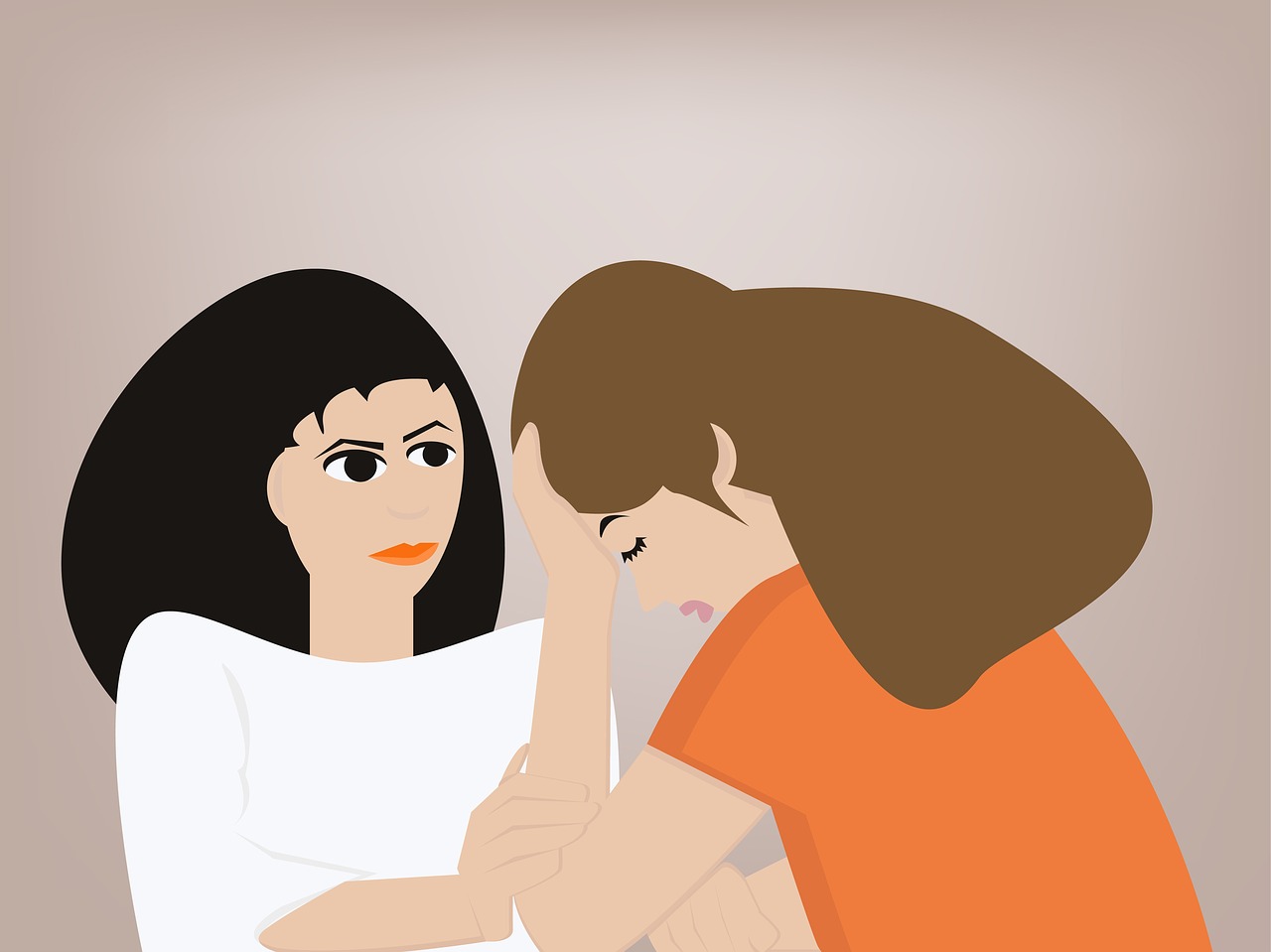The world recently observed the Suicide Prevention Day, celebrated each year on the 10th of September. Organised by the International Association for Suicide Prevention (IASP), this day highlights the need to raise awareness across the world that suicide can be prevented. The campaign focuses on vital aspects such as who is at risk, what are the risk factors, how to identify and intervene, early recognition of warning signs and raising awareness about possible sources of professional assistance for those showing these signs. This day, being observed since 2003, is part of a worldwide campaign towards mental health awareness and rehabilitation that stresses the importance of intervention when it comes to the poor mental health conditions of people. The campaign prioritises suicide prevention interventions at the level of family, social circle, mental health practitioners, suicide helplines and counselling centres that can play a key role in giving a sense of solidarity to the individual whose suffering is tragically private and inexpressibe.
Suicide, Seen Through the Lens of Sociology
This may be a chance to remember the work of classical sociologist Emile Durkheim, Suicide: A Study in Sociology written in 1897. Durkheim’s sociological problematic was concerned with locating the individual in the social, to look at individuals in relationship with the others and the society as a whole. For him, in fact no phenomenon was individual alone. Even suicide which may be the highest form of subjectivity, felt and experienced most personally, according to him existed outside the individual in the form of social representations and social currents indicative of the relationship that each individual shared with their society. What’s important to note from the book, as Prof. Susan Viswanathan writes in her work Reading Marx, Weber and Durkheim Today (2011) is that however irrevocable every suicide is in terms of life itself, it is nevertheless suggestive of how society treats its different classes of people. Every suicide, she says, is thus ‘a testament to the survival of a community, its vulnerability or its resilience’ (2011,11). According to Durkheim’s typology of four major kinds of suicide- Altruistic, Egoistic, Anomic and Fatalistic- it is suggested how different types of links to collective life make an individual susceptible or a possible victim.
How does this understanding of suicide relate to the contemporary phenomenon of World Suicide Prevention Day? While Durkheim’s work was not directed at explaining prevention, it is still pertinent to note what his observations mean for the suicide prevention paradigm. Durkheim’s sociological analysis of suicide rate emphasises the need to understand the social factors that become causes for the phenomenon, in specific societies, at specific periods of time and contexts. For instance, in times of crises and societal disruptions such as economic upheavals or war, rules and norms that guide the individual on ordinary days, break down leaving the individuals in an unusual state of anomie. Covid-19 pandemic is one such instance. Social isolation, economic losses, high rates of fatalities due to the virus, fear of contagion and social stigma of the disease are destroying our ordinary sense of living prevalent before the pandemic. The anomie is tangible and omnipresent, often being communicated as the arrival of the ‘new normal’. The risk of pandemic-related suicide is no longer a speculation but has become a statistic now. Internationally, numerous cases of suicides have been reported especially among health workers in the frontline, people awaiting Covid test results, and those affected by virus related bankruptcy and loss of livelihoods. There is fear that the global suicide rate will increase further in the coming months. In such a situation, I propose that we learn the following from Durlheim. While it is extremely important to focus on prevention and timely intervention, strategies must be well targeted as well. However universal the sense of anomie may be, local and contextual distinctions cannot be overlooked. For instance, in India mental health treatment is a privilege that cannot be afforded by many classes of individuals such as farmers, migrant workers and those who lack access because of stigma like the elderly who are already susceptible to melancholy and disquietude. It is important to focus on these classifications to eliminate the causes and carry out preventive measures. The vulnerability among these communities have only exacerbated during the pandemic.
Another lesson that Durkheim’s work offers is that mental health strategies should not become completely individual-centred. While the overall focus of the mental health campaign seems to be adequately placed on support systems, sensitivity towards individuals, patient and direct communication and addressing of pertinent issues through professional help, it is also necessary to be perceptive towards the social conditions and general social patterns a person is surrounded with. Stigma and taboo around mental health may be in need of an even prior acknowledgement in a country like India in order to allow sensitive communication to flourish.
Similarly, professional consultation for psychological conditions are seen to be disproportionately attentive to producing intention based personal strategies for the individual. If a person lives in a conflict zone such as Kashmir or Syria, the mental health strategies or campaign should be directed at the social conflict as much as at the personal factors.
Durkheim’s work offers us the significant insight that in every society, at any given point of time, there will be an ongoing rate at which people choose to kill themselves. It changes according to context and time, but it is normal in the sociological sense of the term.
The World Suicide Prevention Day calls for a reflection on this insight and leaves lessons for an improved future of the campaign.













